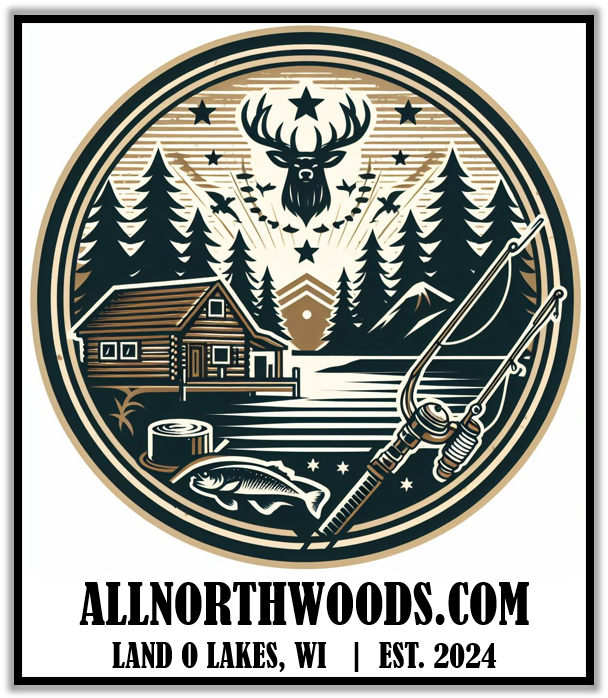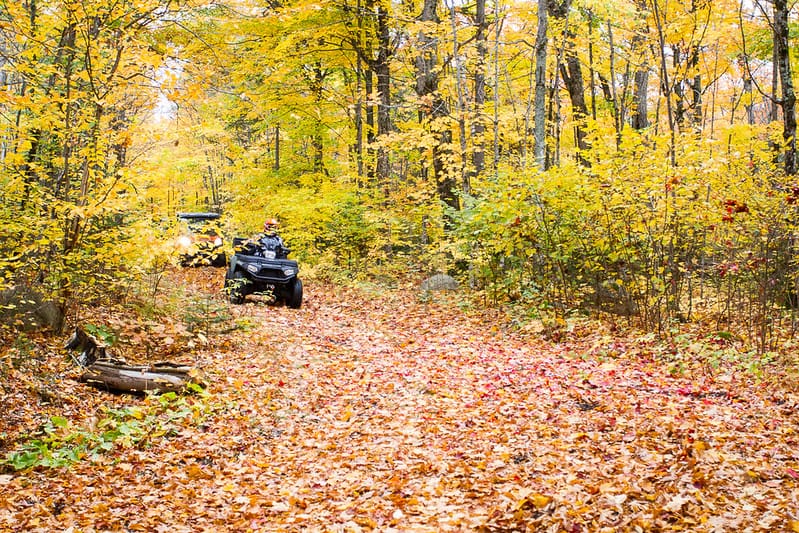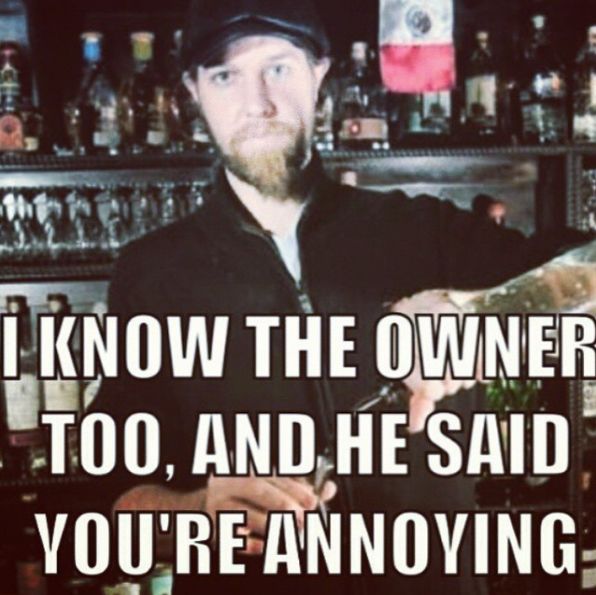DRIVING DURING RUT
Last week, I wrote about driving during rut or ANYTIME of the year in the Northwoods and hopefully gave a few good tips to prevent an accident, but there were two things I didn’t cover that I believe I should have. One is DEER CROSSING SIGNS. To be honest, in some of the areas where deer crossing signs are posted, and I haven’t seen a deer in 3 years, but at some point, there had to be and possibly still are incidents concerning deer/vehicle collisions in those areas. When you see the deer crossing signs, state, county, the DNR and even insurance companies have done studies and must have believed that these areas needed to post those signs. These locations might have a combination of water, a food source or routes (DEER TRAILS) to bedding areas or open fields. For whatever reason, when you see a deer crossing sign, just be more vigilant.
The second thing is DEER WHISTLES. These deer whistles use frequencies we can’t hear, to supposedly warn deer that our vehicle is approaching and make the deer run away from the road. Do these whistles work? Well, let me tell you this. The testing that has been done is not real encouraging. Studies have shown most of these deer whistles DO NOT produce the ultrasonic sound frequency as advertised, while another DIDN’T make any sound whatsoever. Researchers said, when testing deer whistles, the lack of response from deer showed, 1) Either deer do not have enough time to react. 2) Deer do not recognize that sound as a threat 3) They don’t hear anything.
Manufacturers that produce these whistles say they work, but evidence from researchers say they don’t work. So, who do you believe? Do you buy these $10 deer whistles? If you think they do work or feel safer with these deer whistles on your vehicle, I say go for it, but still watch for deer and especially around those deer crossing signs.
I would like to add a few misconceptions on this subject. Deer DO NOT see vehicles as a threat, so flashing your lights will not work. Does the phase “DEER IN THE HEARLIGHTS LOOK” ring a bell? Most of the time, deer will freeze and stare, because they don’t see your lights as a threat either and it can even confuse them. If there are no oncoming vehicles, driving with your high beams on illuminates the side of the road and your viewing distance ahead improves. Honking the horn MAY or MAY NOT work. Sure, the sound from your horn could disturb the deer and make them run away from the road or it might frighten deer, making them run erratically towards or in front of your vehicle. So, I say, that’s another call you make on your own.
Hopefully the last two topics will save some of you from hitting a deer while driving our Northwood roads. If anyone has other ideas, tips or thoughts on this subject that may help, please let the rest of us know.




